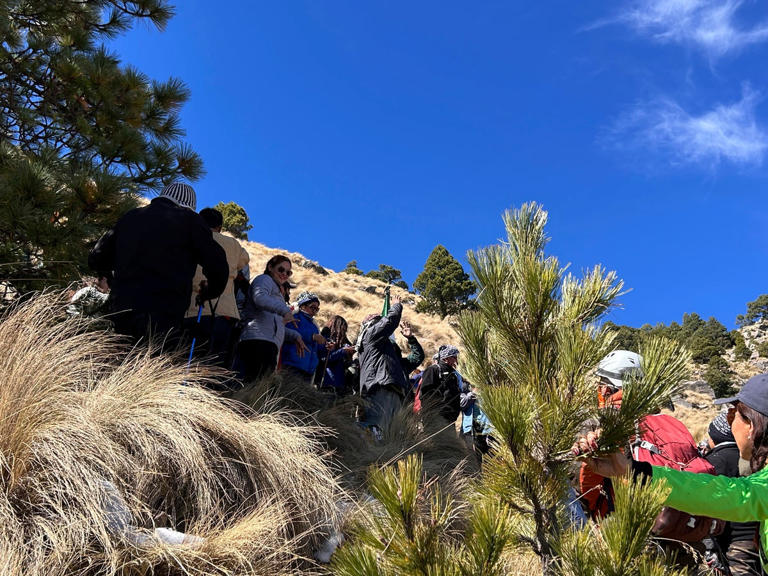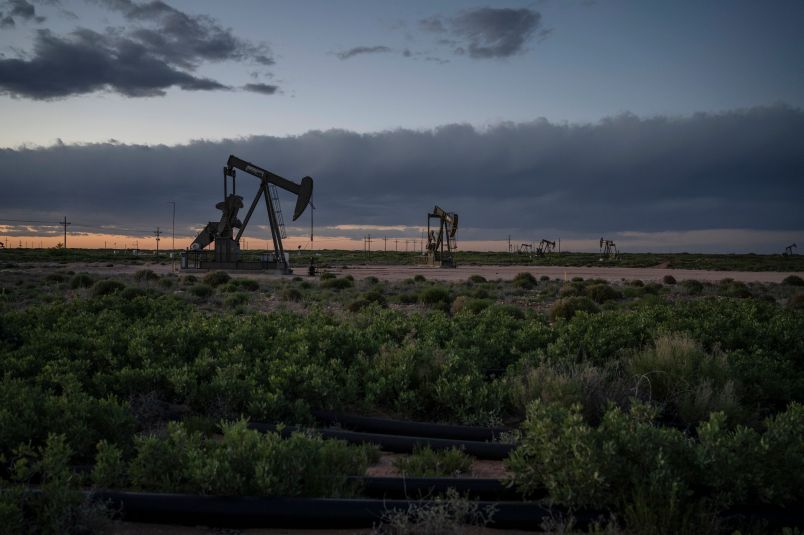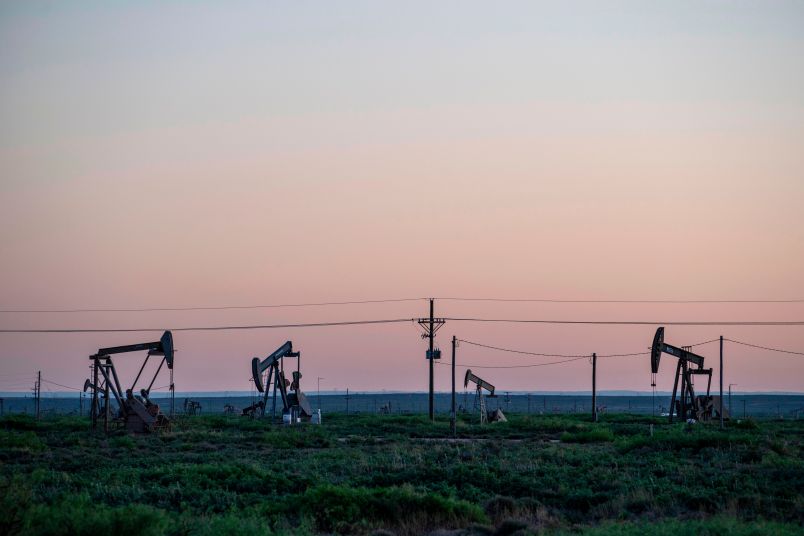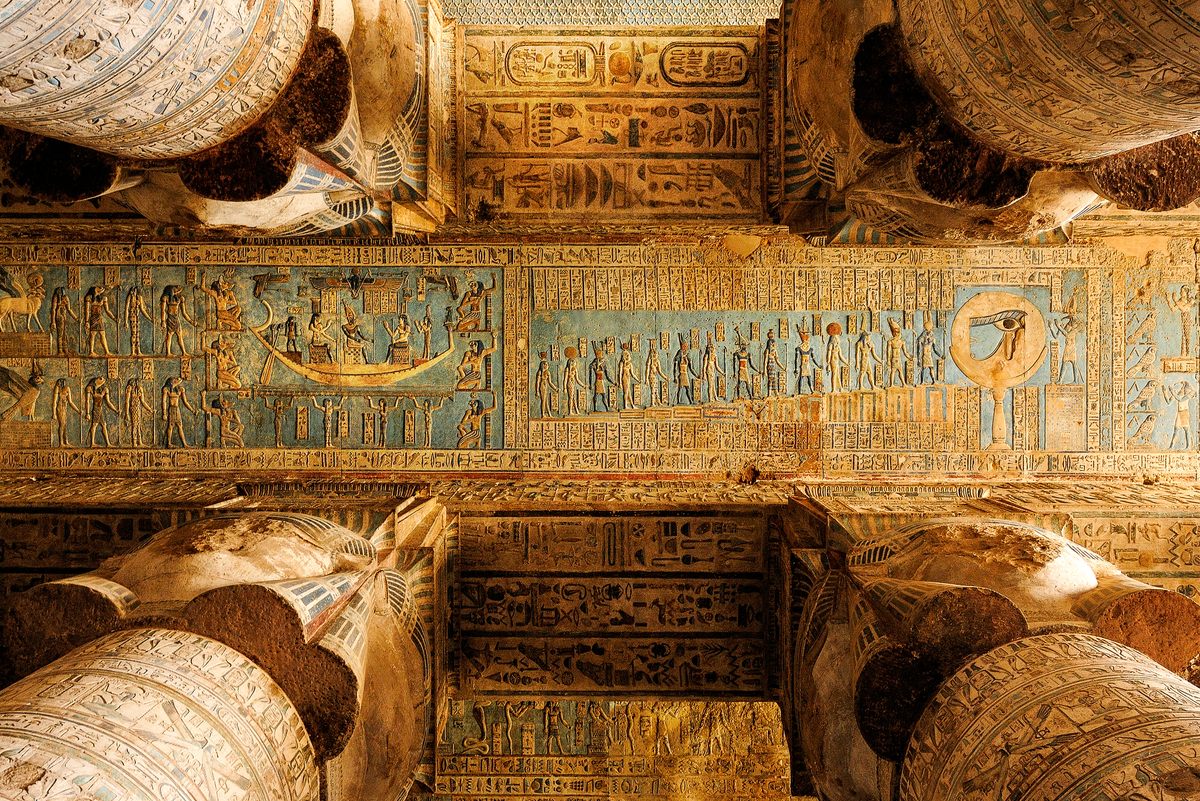CUTTING NOSE TO SPITE FACE
CBC
Mon, February 26, 2024

Adriana LaGrange, minister of health for Alberta, says the province will opt out of a federal pharmacare plan. (Todd Korol/The Canadian Press - image credit)
The Alberta government will opt out of the federal government's pharmacare program covering diabetes medication and birth control.
The deal is part of a supply-and-confidence agreement between the federal NDP and the governing Liberals.
In a press conference Monday, Alberta Health Minister Adriana LaGrange said the province is unhappy the deal was reached without consulting with the provinces first.
LaGrange said Alberta has "robust" coverage of medications through programs like Alberta Blue Cross, even though the plan has limits and requires people to pay for coverage.
She wants Ottawa to give Alberta per-capita funding to bolster its own program instead of forcing the province to sign-on to a national program.
"Give us the dollars," LaGrange said. "Allow us to enhance the programs we actually have now, rather than create more bureaucracy."
Doctors, health-care advocates concerned
Alberta's decision to opt out even before seeing details of the agreement is frustrating for physicians, anti-poverty organizations and medicare advocacy groups.
Dr. Shelley Duggan is a nephrologist in Edmonton who is the president-elect of the Alberta Medical Association.
In an interview with CBC News, Duggan said the cost of contraception can be costly to women with low incomes who lack coverage meaning they could end up with unwanted pregnancies or children they can't afford.
Diabetic medication, including insulin, lipid-lowering and blood pressure medications, can run up to hundreds of dollars each month, she said.
Duggan said she's puzzled by the province's assertion that everyone has a benefit plan that can cover the drug costs.
She cited a Statistics Canada study that found 7.5 million Canadians — or one in five — lack any kind of drug coverage. Others have plans where they have to pay a deductible.
"What we do know is that people who don't have drug coverage are two and a half more times likely to miss medications than those who don't worry about the cost," Duggan said.
"We could potentially improve the health of Canadians by making sure that cost is not the reason that they're not taking their medications."
Meaghon Reid, executive director of anti-poverty group Vibrant Communities Calgary, echoed Duggan's concerns.
She said people who live in poverty will frequently skip buying medication in order to afford rent and food.
Reid said there was a lot of optimism and relief when pharmacare was first announced but that's now changed.
"What we're hearing today is that there's a lot of people who don't have that sense of hope because they don't know what the alternative is going to be for them," she said.
Fighting with Ottawa
The full details about the program along with legislation is expected to be released in Ottawa later this week.
The Alberta government has fought with the federal Liberal government on issues like child care, the carbon tax and an emissions cap.
Chris Gallaway, executive director of Friends of Medicare, said the provincial government is using pharmacare as another way to pick a fight with the federal government.
Gallaway said he's frustrated the government is rejecting the agreement before even seeing any of the details, which could help Albertans lower their health-care costs.
"To not see the details, to not know what we're even talking about, but to already say we want to opt out and not participate, it's irresponsible," he said.
LaGrange said she has asked to meet with federal Health Minister Mark Holland to discuss her concerns.










